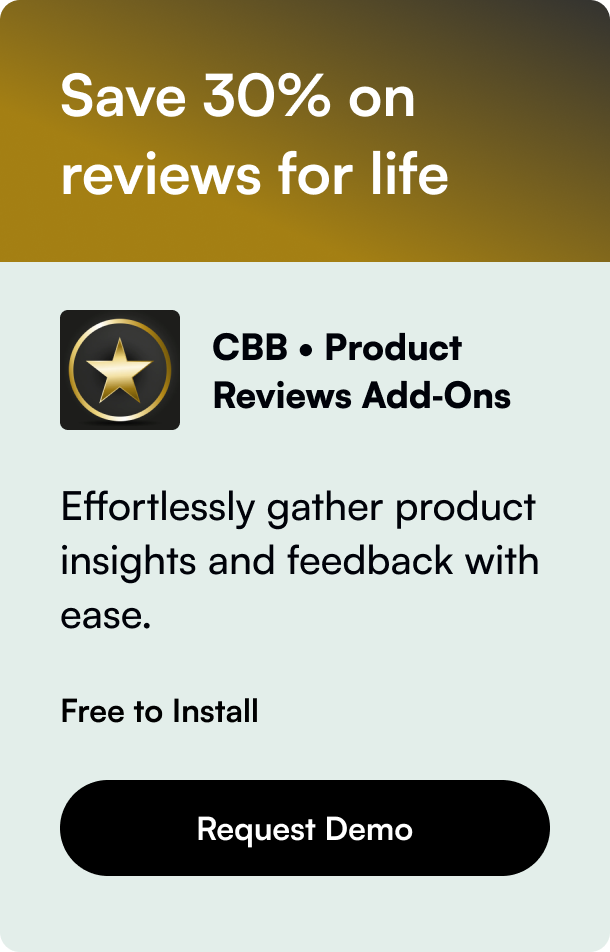Table of Contents
- Introduction
- The Importance of an Optimized Shopify Footer
- How to Edit the Footer in Shopify: A Step-by-Step Approach
- FAQs on Editing Shopify Footers
Introduction
Have you ever stumbled upon a Shopify store with an impressive footer that not only caught your eye but also conveniently guided you to exactly what you were looking for? This is no coincidence but a result of thoughtful design and optimization. The footer in Shopify, often overlooked, is an essential element that can significantly enhance user experience, credibility, and even conversion rates. In a world where details matter, understanding how to edit footer in Shopify can set your store apart, making it not just another online shop, but a memorable brand.
Footers are not just about aesthetics; they are crucial for navigation, providing useful information, and making a lasting impression. From displaying contact information and social media links to integrating newsletter signups and additional navigation menus, a well-optimized footer serves multiple purposes. In this comprehensive guide, we'll delve into the best practices and step-by-step processes to edit and optimize your Shopify footer, ensuring it aligns with your brand and meets your customers' needs.
Step into the world of Shopify footers, where every pixel counts towards creating a more engaging and user-friendly shopping experience.
The Importance of an Optimized Shopify Footer
Creating Trust and Credibility
A well-structured footer reassures customers about the legitimacy and professionalism of your Shopify store. Essential information such as contact details, trust badges, and legal disclaimers, when presented clearly, builds confidence in your brand.
Enhancing User Experience
A footer acts as the last chance to guide users where you want them to go before they leave your page. Whether it's signing up for a newsletter, navigating to a frequently asked questions (FAQ) section, or following your social media, a thoughtfully edited footer enhances overall user experience, keeping engagement high and bounce rates low.
Improving SEO and Site Navigation
Including a sitemap link or additional navigation in your footer can also contribute to better search engine optimization (SEO) by ensuring that search engines can easily crawl and index important pages of your site. What's more, by strategically organizing footer links, you're simplifying site navigation, thereby enhancing user satisfaction and potentially increasing conversion rates.
How to Edit the Footer in Shopify: A Step-by-Step Approach
Step 1: Accessing Your Shopify Theme
Navigate to the 'Online Store' section within your Shopify dashboard and select 'Themes'. Here you'll see your current theme with an option to 'Customize'. Click on this to enter the theme customization interface.
Step 2: Editing the Footer Section
Scroll down in the preview window on the right until you see the footer area. On the left sidebar, you'll see a section labeled 'Footer', which you can click on to start editing. Shopify's customization tool allows you to edit existing blocks, add new ones, and rearrange them as needed.
Adding and Customizing Content Blocks
Within the footer editor, you have the option to add various types of content blocks, such as text, links, menus, social icons, newsletters, and more. For each block, you can customize the content and appearance to match your branding and meet your audience's needs.
Removing "Powered by Shopify"
Many store owners prefer to remove the "Powered by Shopify" message to enhance brand authenticity. This can typically be done within the theme language settings by searching for "powered" and replacing or removing the relevant text.
Integrating Social Media and Contact Information
Ensure your footer includes social media icons linked to your brand's social pages and clear contact information or a link to a contact page. This not only boosts your social following but also improves customer service by providing easy access to support.
Legal Information and Trust Signals
Don't forget to include links to your privacy policy, terms of service, refund policy, and other legal information. Including trust signals, such as payment method icons or trust badges, further enhances credibility.
Step 3: Saving Changes
Once you've made all the necessary edits, don't forget to click 'Save' to apply the changes to your live store.
FAQs on Editing Shopify Footers
Q: Can I add custom code to my Shopify footer? A: Yes, Shopify allows you to add custom HTML, CSS, or JavaScript code to your footer for more advanced customizations. Access this through the 'Edit Code' option in the theme editor.
Q: How can I make my footer mobile-friendly? A: Shopify's themes are designed to be responsive, meaning your footer should automatically adjust to fit mobile devices. However, it's important to regularly check your store on various devices and minimize the number of links in your footer to ensure mobile usability.
Q: Is it possible to add a second footer or a sub-footer? A: While most themes come with a single footer section, you can achieve a similar effect by customizing your theme's code or using apps from the Shopify App Store designed to enhance footer functionality.
Conclusion
Editing a footer in Shopify might seem like a small task, but it plays a significant role in the overall user experience and effectiveness of your eCommerce site. By following the best practices outlined in this ultimate guide and employing a thoughtful approach to footer design, you can turn this often-overlooked section into a powerful tool that enhances navigation, builds trust, and ultimately contributes to your store's success. Remember, in the delicate art of eCommerce, details like a well-crafted footer can make all the difference.








